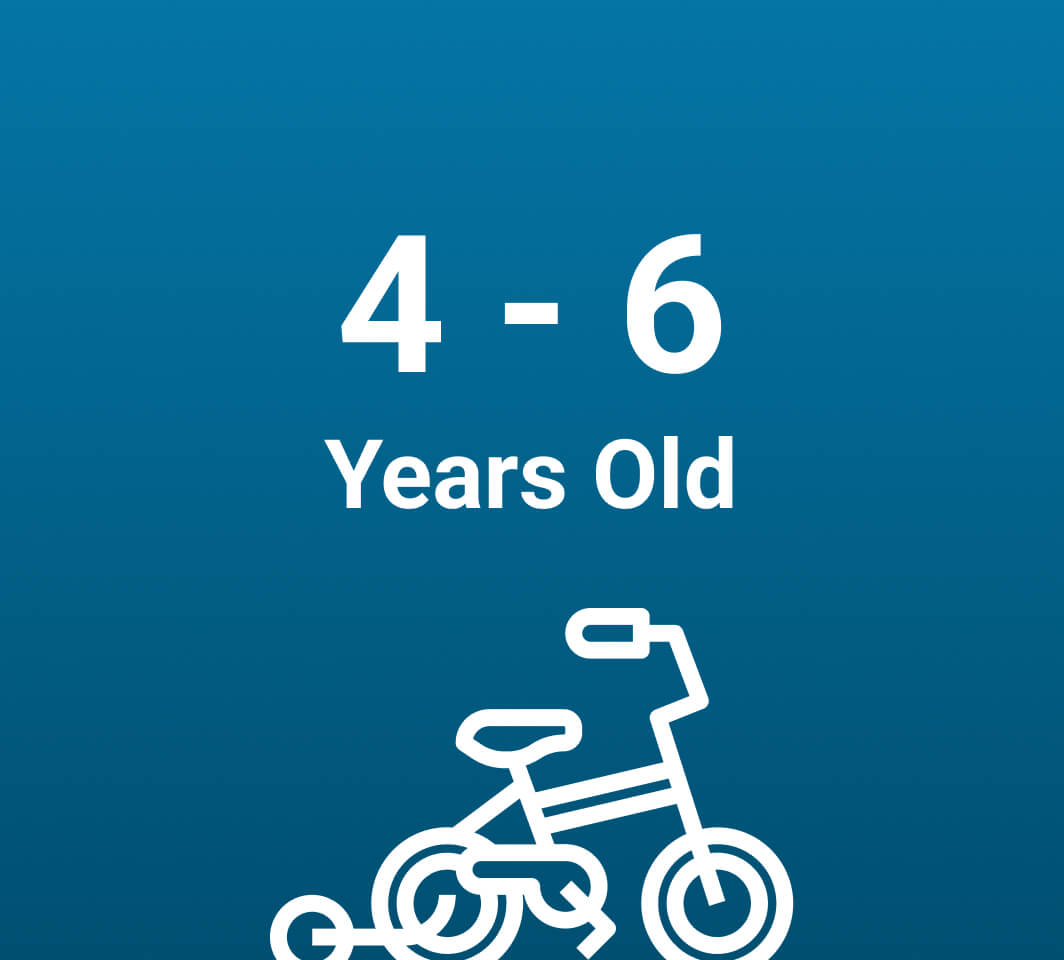Nutrition and Diet For Your 4-6 Year Old Child
What Can Your Little One Eat Now?
A 4-6 year old child is developing their individuality. Children become less likely to throw tantrums and more willing to cooperate. Children of this age try to please their parents. Preschoolers want to do things themselves, but they are also willing to learn from you. This give-and-take creates opportunities for you to teach your child about healthy food choices in new and exciting ways.
4-6 year old children are more sophisticated eaters and are well aware of their food preferences than younger children. They often enjoy eating as part of a group because they can take part in social activities. Give your child a choice of healthy foods at consistent mealtimes to ensure adequate nutrition. Milk and milk products should be included to meet the calcium need of the growing bones.
Limit the intake of juices and sweetened beverages; instead give fruit and grain-based foods like sandwiches, biscuits, and noodles for snacks. Give sweets only in moderation, because they are high in calories but have low nutrient value. Encourage your child to make good choices without hovering and make sure to provide a variety of healthy foods and a balanced diet — one that gives him the necessary nutrients and energy to explore new things. Through eating right and playing hard your preschooler can maintain a healthy weight and stay energised, as he gets ready for the next big step – school.


